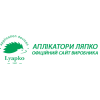Pneumonia. Rehabilitation.
8 Warm heating pad and Lyapko applicator!
9 Applicator Lyapko "Needle ball", "Kraplinka", application rollers and Su-Jok therapy (Fig. 2).
What is pneumonia
Pneumonia is an acute infectious and inflammatory process in the lungs with the involvement of all structural elements of the lung tissue and the obligatory damage to the alveoli of the lungs, with the development of inflammatory exudation in them.
The term "pneumonia" unites a large group of diseases, each of which has its own etiology, pathogenesis, clinical picture, radiological signs, characteristic data of laboratory studies and features of therapy.
Pneumonia can be of different etiology. The main causative agents of pneumonia are bacteria and viruses, less often it is caused by mycoplasmas, fungi and parasites. Less often, the cause of its occurrence can be allergic, autoimmune, toxic and other diseases.
The lungs are a complex paired organ of human life support, the functions of which are not limited to gas exchange (external respiration). Their excretory function is very important, they are involved in maintaining water-salt balance, filtration, thermoregulation, lipid and protein metabolism. The inflammatory process in the lungs leads to a decrease in their functions, becomes a serious problem for the whole organism and can lead to severe irreversible consequences.
In fact, pneumonia is not one disease, but an extensive group of them: a wide variety of pathogens, localization options, clinical forms, severity, extent of damage, types of course, etc. are possible.
Causes of pneumonia
The immediate cause of pneumonia is the vital activity of pathogens; the main risk factor is weakening of the immune system; change in the natural properties of sputum secreted by the bronchi. Any changes in composition, volume and circulation, excretion of mucus with coughing create favorable conditions for lung infections.
Acute respiratory infections, smoking, alcohol abuse can contribute to the development of pneumonia; injuries, surgical interventions, severe chronic diseases, with prolonged bed rest, elderly or early childhood, hypothermia, overwork, occupational hazards. All this weakens the body's immune system.
Symptoms
The most typical symptoms of pneumonia in the initial stage are dry cough, general weakness, fever, sweating, fatigue, shortness of breath, cyanosis of the nasolabial triangle. Indirect signs are often a prolonged course of a respiratory infection, a persistent increase in body temperature that is resistant to standard antipyretic drugs.
In some forms of pneumonia, the clinical picture may be completely different: the onset is acute, the temperature rises to 40 degrees and above, a cough with purulent discharge immediately appears. In children, pneumonia often develops rapidly.
The clinical picture of each individual case is determined by the pathogen and the degree of its activity, the localization and spread of the process, the state of the immune system, the patient's age, etc.
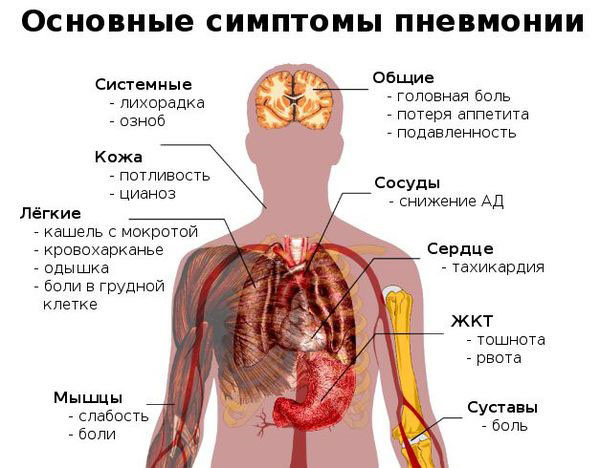
Diagnosis of pneumonia
In the presence of symptoms such as: cough, high fever, chest pain, it is necessary to consult a therapist who will conduct an examination and prescribe the necessary basic research methods:
- chest x-ray;
- general and biochemical blood test;
- bronchoscopy, sputum analysis.
Additional examinations:
- computed tomography of the chest;
- sowing blood on nutrient media;
- Analysis of urine;
- lung biopsy;
- detection of specific antibodies.
Pneumonia treatment
Treatment of pneumonia should be prescribed by a physician or pulmonologist. It will depend on the causes of pneumonia, its severity, the presence of chronic diseases, and general health.
Treatment of non-severe forms of pneumonia can be carried out on an outpatient basis, severe pneumonia must be hospitalized in a hospital.
General recommendations:
- compliance with bed rest;
- regular ventilation of the room;
- enhanced drinking regime, which helps to relieve intoxication;
- humidification of the inhaled air;
- consumption of easily digestible food.
Antibiotic therapy is prescribed only for bacterial pneumonia and in cases where viral pneumonia is complicated by a bacterial infection.
Antiviral therapy is used if pneumonia is caused by influenza virus, parainfluenza, adenovirus, and others.
The administration of antipyretic drugs is shown when the temperature rises from 38.5 degrees; mucolytics are used to dilute sputum. Inhalation through a nebulizer is effective.
Also, physiotherapeutic methods of treating pneumonia and complexes of physical therapy are required, depending on the severity of the pathological process.
After recovery, a person is subject to dispensary observation for one year.
Physiotherapy treatment
Physical procedures have anti-inflammatory, absorbable, desensitizing, bacteriostatic effect, improve blood supply to the lungs, the work of the cardiovascular system, and reduce the severity of pathological autoimmune processes in the body.
The early appointment of physical factors (from 3-4 days - the end of the first week from the onset of the disease) significantly increases the effectiveness of complex therapeutic measures.
General contraindications to the appointment of physiotherapy are: febrile condition, acute pyoinflammatory diseases, bleeding and inclinations to it, pulmonary heart failure II-III degree, severe cardiovascular diseases, bullous emphysema of the lungs, systemic blood diseases, neoplasms or suspicion of them.
With pneumonia during the period of exudative-proliferative inflammation and the absence of pronounced intoxication (temperatures above 37.5 ° C), the following physiotherapeutic procedures are shown:
- UHF electric field.
- Inductothermy.
- Decimetwave therapy
- Magnetotherapy.
- Aerosol therapy or inhalation. The most effective are warm-wet inhalations of solutions of antibiotics or other antibacterial agents, mucolytics, proteolytic enzymes, which cause hyperemia of the mucous membrane, liquefy viscous mucus, facilitate expectoration of sputum, and improve the function of ciliated epithelium.
- Ultraviolet irradiation (UFO) in erythemal doses.
- Laser therapy, etc.
In the acute period of pneumonia, treatment is carried out by the position - kinesitherapy.
Periodically throughout the day, to improve ventilation of the affected lung, it is recommended to lie on a healthy side (3-4 hours a day). Periodic positioning on the stomach, on the back, on the healthy side (with a roll under the ribcage) reduces the formation of adhesions between the diaphragmatic pleura and the walls of the chest.
Therapeutic physical culture is contraindicated in patients with severe intoxication, high fever, respiratory failure (III degree), tachycardia (heart rate over 100 beats / min).
Physiotherapy
The tasks of exercise therapy on bed rest (3-5 days) are to normalize the respiratory mechanism (decrease and deepen breathing), compensate for respiratory failure, accelerate the resorption of the pathological focus in the lung, and increase the tone of the body.
Therapeutic gymnastics classes are carried out individually, gymnastic exercises of a dynamic nature are used mainly for small and medium muscle groups in the initial position lying on the back, sick and healthy side, the number of repetitions of each exercise 3-4 times, the pace is slow or medium, the duration of the session is 10-15 minutes ... The methodologist may include passive breathing exercises, breathing exercises of a static and dynamic nature; voluntarily controlled breathing, diaphragmatic breathing - abdomen, therapeutic massage.
Also, the patient should conduct self-study for 10 minutes 3-4 times a day.
The tasks of exercise therapy in the semi-bed mode (5-7 days) are to further normalize the mechanics of respiration, eliminate respiratory failure, increase the tone of the central nervous system, prevent atelectasis, resorb exudates in pleuropneumonia, prevent the formation of adhesions, remove sputum, i.e. improvement of the draining function of the bronchi, restoration of the functional state of the cardiovascular and other systems.
Therapeutic exercises are carried out individually, in the initial sitting and standing positions, dynamic exercises are used for the upper and lower extremities, the spine in combination with breathing exercises, the number of repetitions is 4-6 times, the duration of the lesson is 15-20 minutes. The load is given at low and medium intensity.
The tasks of exercise therapy in a free mode are the complete restoration of the respiratory organs in order to prevent the recurrence of pneumonia, the restoration of the functional state of the cardiovascular system and other organs and systems of the body: normalization of sleep, appetite, activity of the gastrointestinal tract, etc. physical activity, preparation of the patient for work. Classes are held in groups in the exercise therapy hall, and then perhaps independently at home.
Therapeutic chest massage is prescribed in combination with therapeutic treatment and procedures. It helps to restore the elasticity of organ tissues, improves blood circulation, relieves spasms, and improves sputum coughing up. There are two main methods - vibration and percussion (tapping).
Correction of the psychological state is very important for recovery.
With a further improvement in the patient's well-being, physical training on an exercise bike, sports games, dosed walking at a pace of 60-90 steps per minute, including walking in the fresh air at a medium pace, swimming, therapeutic massage, Lyapko's application therapy, are prescribed.
Lyapko application therapy
Lyapko applicators in various modifications (plates, rollers, applique belts, applique tapes) are an original, powerful device with many health-improving therapeutic capabilities.
Their action is based on the principles of traditional Chinese medicine - superficial multi-needle acupuncture, as well as general physiological mechanisms of life.

Applicator mechanisms of action
The high health-improving effect of Lyapko applicators is due to a combination of intense reactions:
- reflex-mechanical;
- electroplated;
- immunological.
Application therapy has a pronounced analgesic and antispasmodic effect. Improves blood circulation, lymph flow, microcirculation, reduces tissue edema. It activates the tissue mechanisms of immune defense, increases the level of its own opiate peptides and antistress hormones in the blood, reduces the level of sensitivity of pain receptors, has a positive psychoemotional effect and, as a result, stimulates the general adaptive mechanisms of a person. In contact with the skin, the applicator's needles stimulate the release of a person's internal drugs, including his “internal doctor” in the work.
With pneumonia, Lyapko's application therapy is prescribed from 3-4 days - the end of the first week from the onset of the disease in the absence of an elevated body temperature and continues the entire period of treatment and rehabilitation.
Applicators are widely used in hospitals, health centers and sanatoriums.
Ease of use, safety, high efficiency with minimal effort allow us to recommend applicators for independent use at home.
It is important to note that the local (local) improvement of blood circulation during application therapy occurs without additional stress on the heart, since the work of the peripheral circulation is enhanced, and the heart is resting at this time. This is very important for all categories of patients and, especially, with ischemic heart disease, circulatory failure of 1–2 degrees, and elderly people.
The therapeutic effect of the applicators is enhanced if they are applied to the skin pre-moistened with water, hypertonic solution or on a gauze napkin with a decoction of medicinal herbs, water-based medicines. After removing the applicator, all the pores of the skin at the site of its application are opened and the application of medicinal oils, ointments and compresses is most effective.
Application areas (Fig. 1): main 4; auxiliary 3, 5, 13, 14; additional 21, 23, 25, 29, 31.
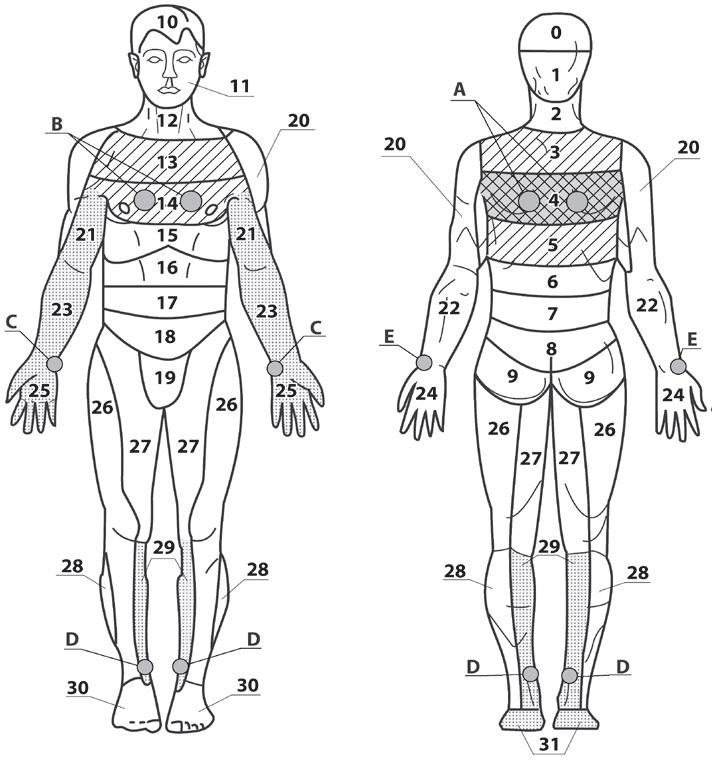
Fig. 1
On the area of the back it is recommended to use flat applicators large: Applicator "Rug big" , "Massage pad needle big" , "Chance 6,2h4" , "People" .

"Chamomile M" , "Quadro" , "Duet" . The larger the exposure area, the better the effect.

It is also possible to use smaller flat applicators: "Needle massage pillow" , "Insoles plus" , "Chance" , "Sputnik plus" , which are placed on the zone of the projection of the lungs. In addition to the back area, to enhance the effect, it is recommended to apply applicators to the auxiliary zones on the front surface of the body (zones 13, 14).
The exposure time is 20–30 minutes, the course of treatment is 10–14 days, which can be repeated after a break after 1–2 weeks.
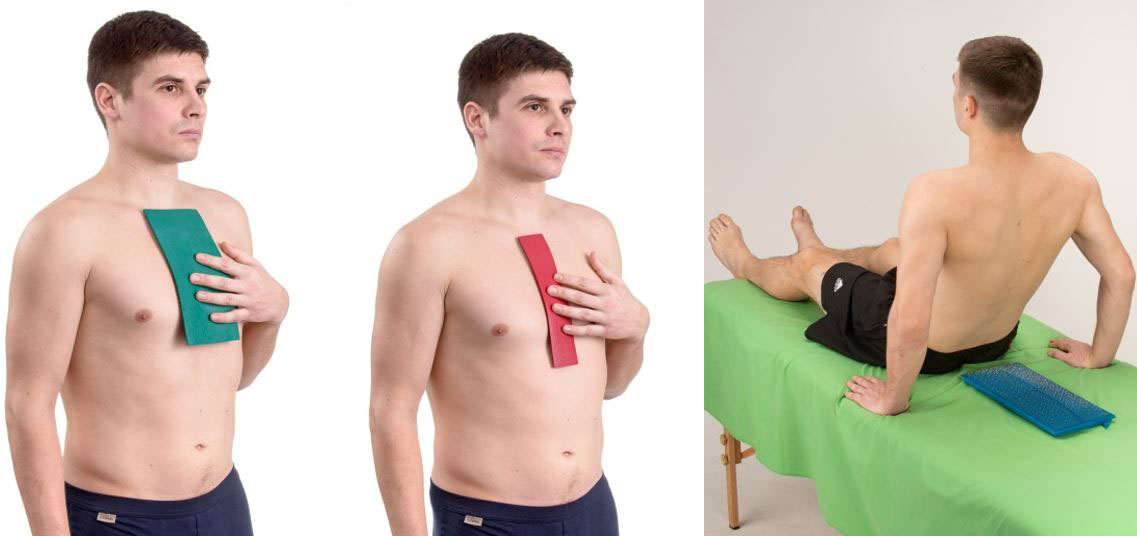
In addition to flat applicators, you can roll the area of the back, the front surface of the body, arms, legs with the "Large M roller" or "Universal M roller" until a uniformly pink color of the skin appears. They can also be used to warm up the body before a massage.
First, roll it along the spine, along the intercostal space on one side, until a uniformly pink color appears. Then, roll the second side in the same way. The exposure time is 3–7–10 minutes, depending on the individual reaction of the skin.
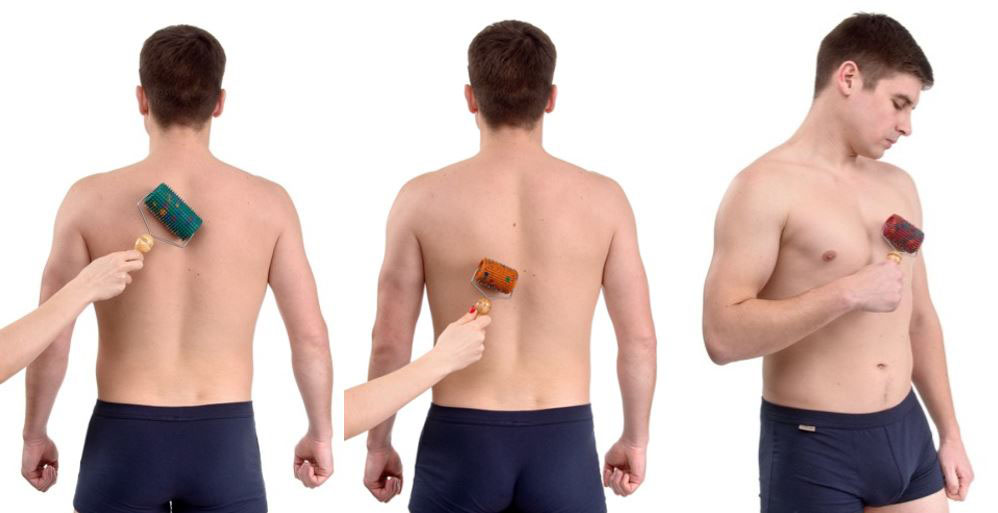
Run-in with "Large roller M" , "Universal roller M" , "Face roller M" , "Needle ball" of additional zones on arms 21, 23, 25; on legs 29, 31.

Also apply to the zone of projection of the lungs belt "Kid" , Belt "Universal M" , which can be used in the supine position, like a regular flat applicator.
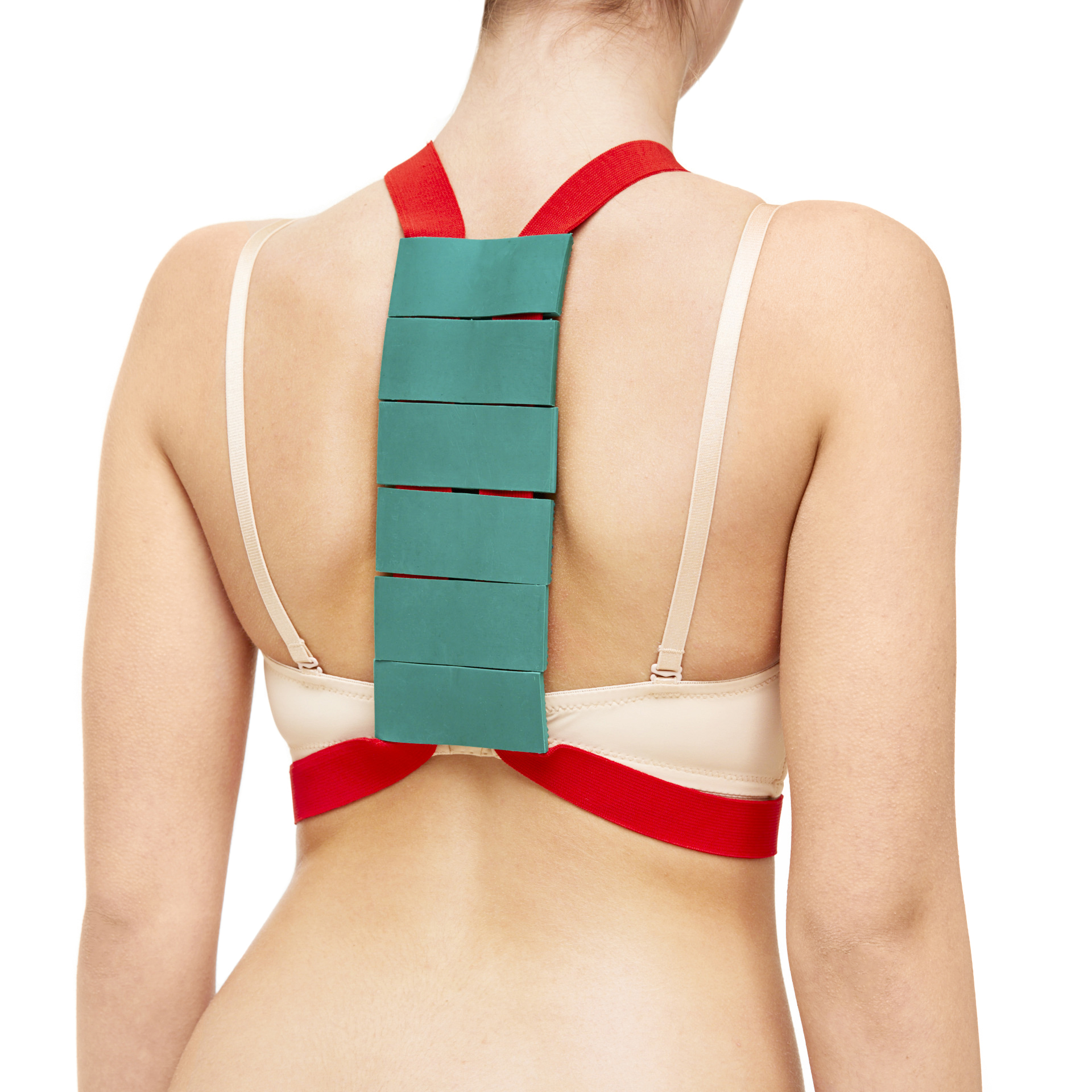
After suffering pneumonia while taking antibacterial drugs, the work of the organs of the gastrointestinal tract is disrupted. It is imperative to restore the movement of lymph, blood in the abdomen, to control the work of the intestines, since the intestines overstretched with gases pressurize the diaphragm, which compresses the lungs, which disrupts blood supply, lymph flow in them and slows down the healing process.
The restoration of lymph flow and capillary blood supply is facilitated by Mikulina A.A. gymnastics, diaphragmatic breathing.
Lyapko application devices are effective means of improving lymph and blood flow.
Lyapko's application therapy on the abdomen is indicated to improve the functioning of the abdominal organs, intestines, where the largest amount of lymphoid tissue is located, which is responsible for the functioning of the immune system.
For this, it is recommended to use flat applicators, application belts "Kid", "Universal M" on the lower thoracic and lumbosacral spine, as well as on the anterior abdominal wall (simultaneously or alternately).

You can also wrap these zones with the "Magic tape" Health " for 20-30 minutes or roll these zones with application rollers for 10-15 minutes.
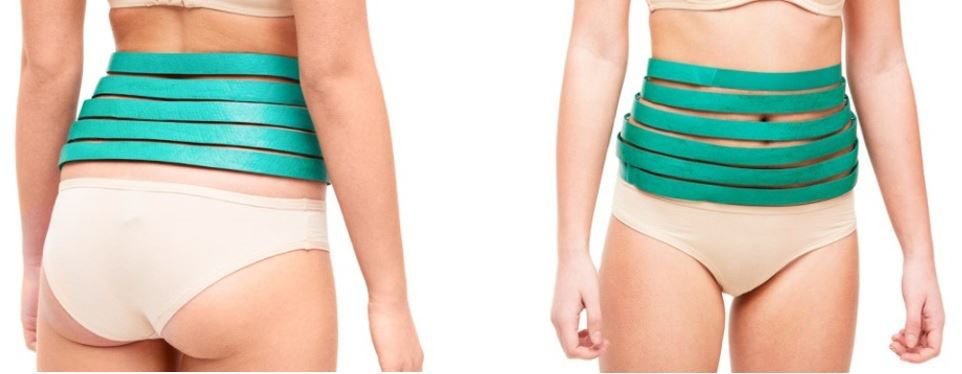
Warm heating pad and Lyapko applicator!
It is very important to influence the area of the liver - the blood depot, which works fully if there are no constantly incoming products of inflammation from the organs of the gastrointestinal tract. To improve biochemical processes, the body needs warmth. In case of problems with the lungs, bronchi, the use of a warm heating pad 2-3 times a day for 30-60 minutes on the liver area contributes to an additional release of blood from the blood depots of the liver and spleen.
It is good to combine this procedure with the simultaneous use of the Lyapko applicator, on which a warm heating pad is placed on top. Exposure time up to 30 minutes.
Lyapko's application therapy on the abdominal area is used both as an independent procedure and as a preparation for relaxing the muscles of the anterior abdominal wall before visceral massage of the abdomen according to A.T. Ogulov (massage of internal organs through the anterior abdominal wall), lymphatic massage of the abdomen according to O. Shishova. ., and etc.

These procedures improve the functioning of internal organs, relieve congestion, inflammation in them, restore the functioning of the lymphatic system, and increase immunity.
To improve lung function, it is recommended to do manual massage of the chest, as well as using the Pharaoh massager , which can be used to work through a thin tissue or over a body lubricated with oil or cream. The duration of the massage and its intensity determines the desired effect. Long lasting, up to 15 min. and more, massage promotes complete muscle relaxation, creates a sedative (calming) effect. A short massage, 3-5-7 minutes, has a tonic (stimulating) effect. During the session, you should perform circular movements in a clockwise direction or longitudinal - up and down. After the massage, we recommend laying on the flat applicator for rest and relaxation.
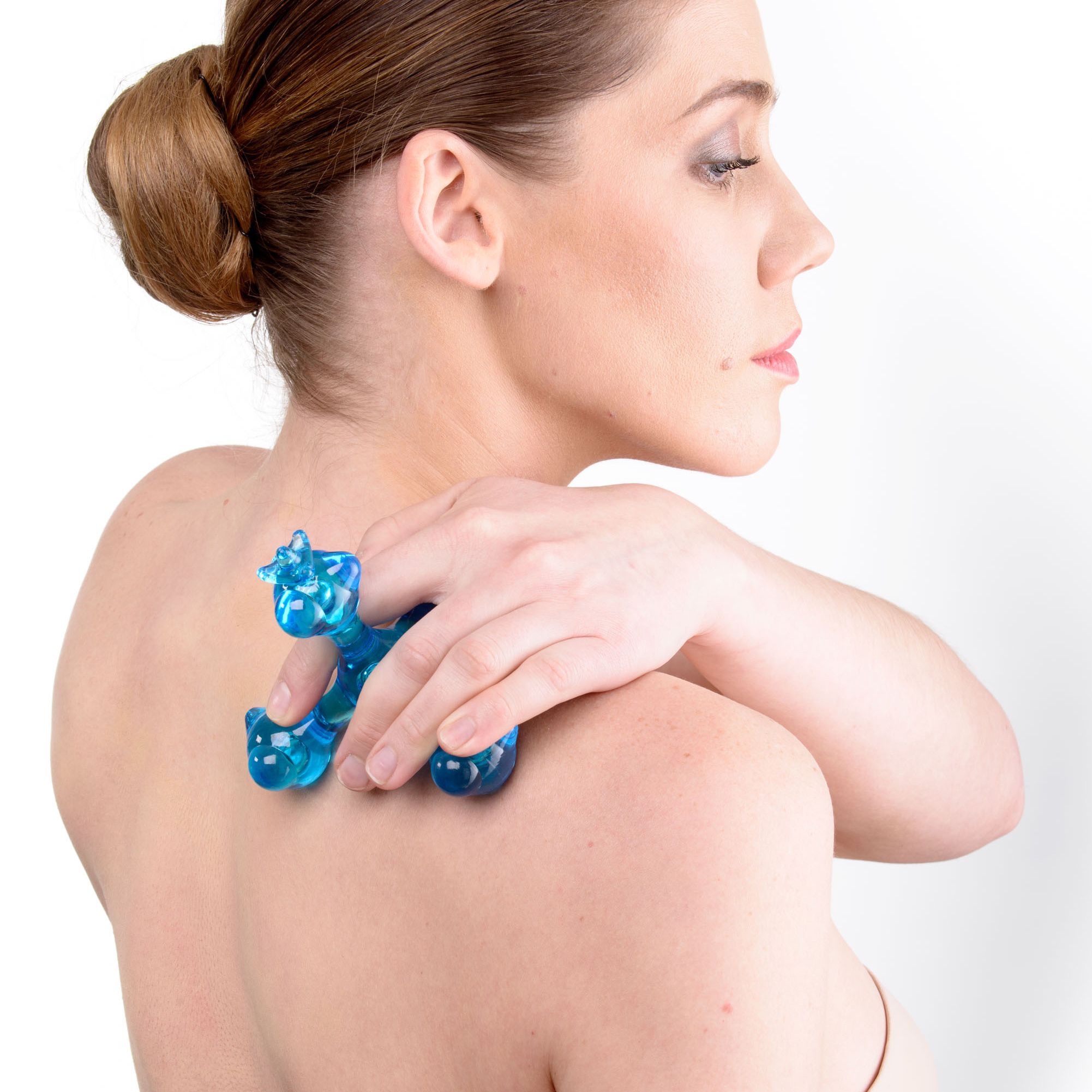
It is better to end the session by acting on the feet, using the "Insole Plus" applicator , which can also be applied to all parts of the body.
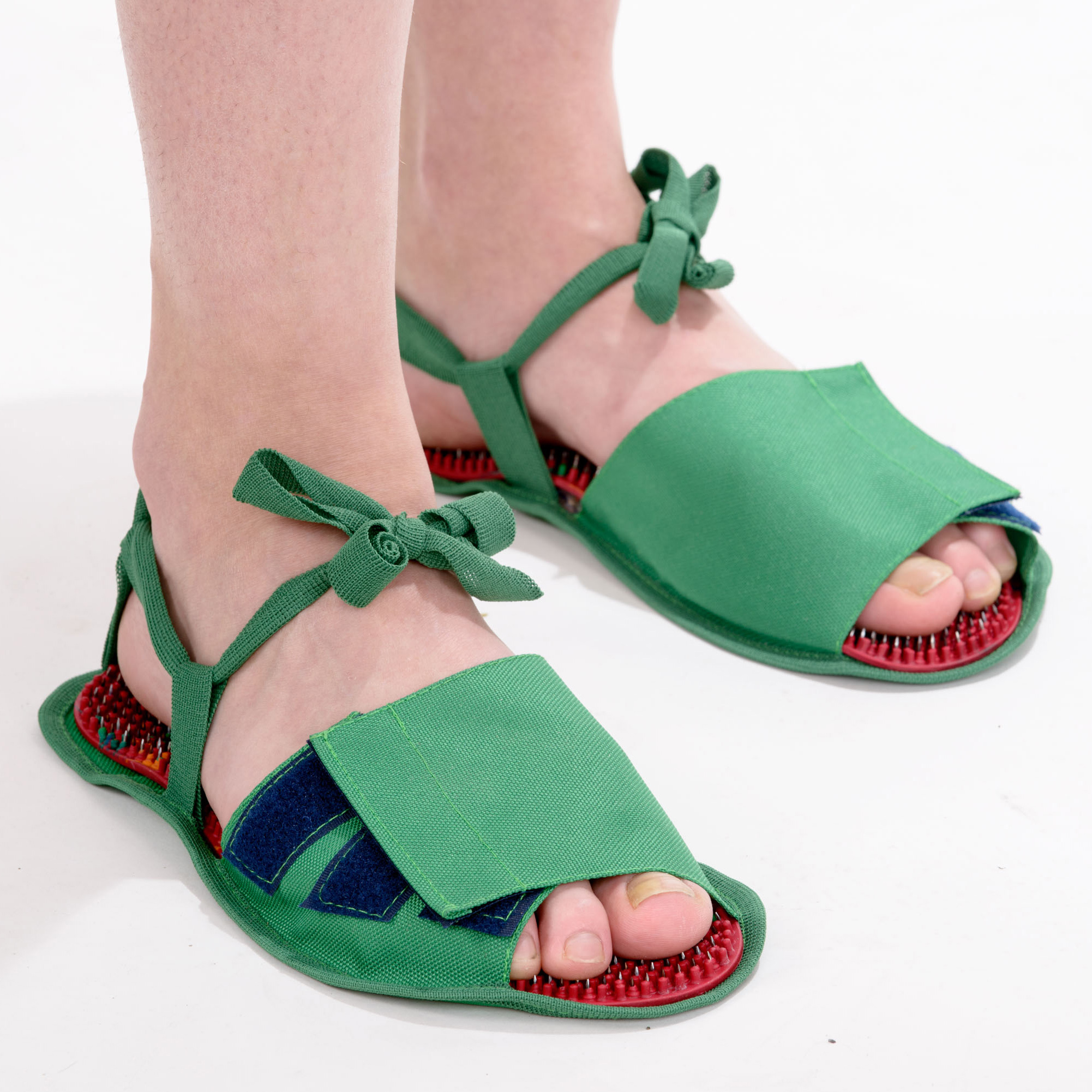
Applicator Lyapko "Needle ball", "Kraplinka", application rollers and Su-Jok therapy (Fig. 2).

The impact of applicators on the active zones of correspondence to organs on the palms and feet according to the method of Su Jok therapy has a positive, health-improving effect on the body.
Look closely at the drawing with the correspondence scheme on the hands and feet. Determine the area with the point of correspondence to the problematic organ. Apply the applicator to this area and press, massage for a few minutes. By regularly massaging the selected area on the palms and feet, you can significantly improve the condition of the diseased organ.
Hot spots in the treatment of pneumonia
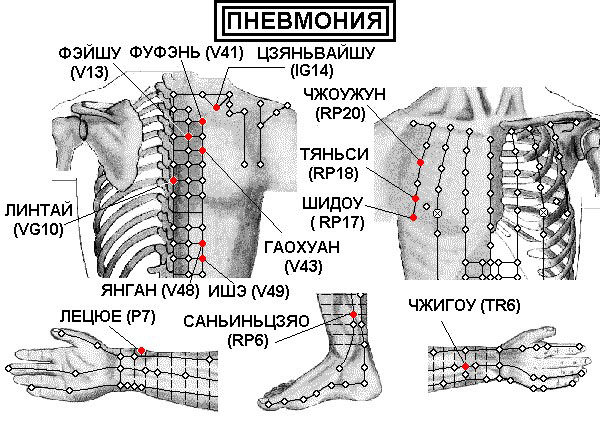
On the area of points on the extremities, you can fix the applicator "Kraplinka" , the belt "Universal M", the belt "Magic tape" Health ".

